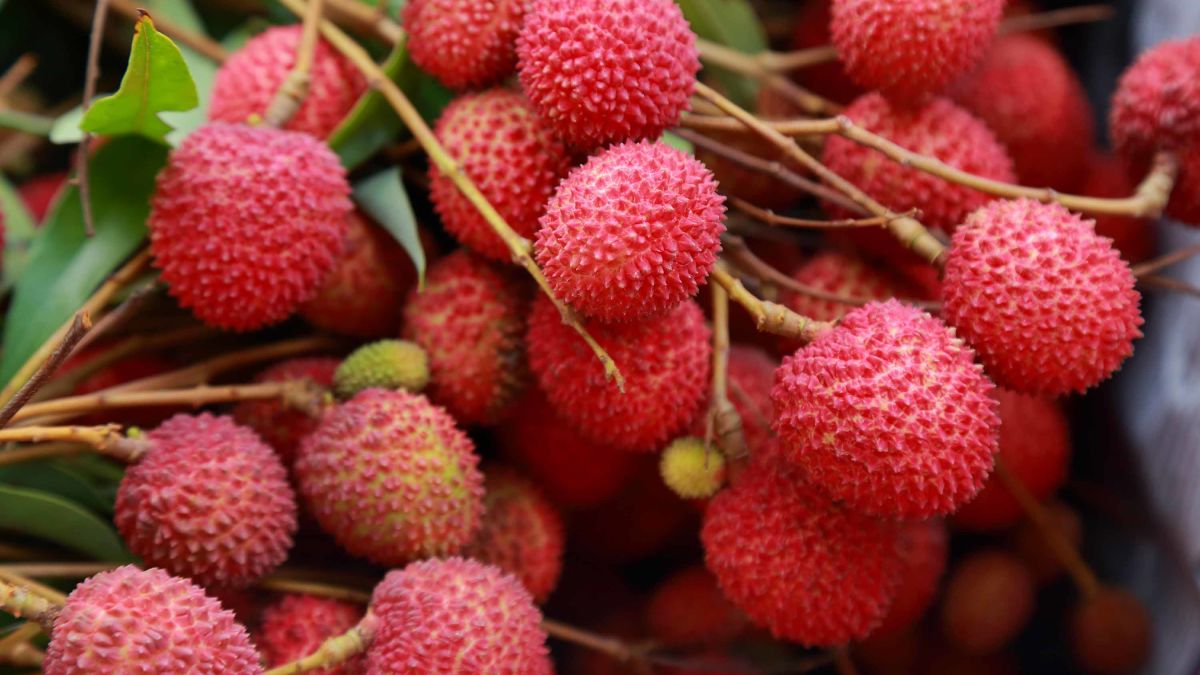



Rich in vitamin C, lychee also has more than 100% of the daily requirement of ascorbic acid (ABA) in a single serving which works exceptionally well for boosting the immunity. Lychee is loaded with a great number of fibres. These fibres regulate the bowel movement by ensuring its smooth passage through the digestive tract. It also stimulates gastric and digestive juices promoting efficient nutrient absorption.
The lychee is a subtropical fruit, which is oval and the size of a walnut. In fact, lychees are part of the berry kingdom and grown on tropical, evergreen trees. Moreover, after a few months of growth, these individual flowers transform into bunches of fruit. Australia is a nation that harbours the most extended production season in the world. This season begins in October and lasts up to late March. Additionally, these fruits are produced majorly in Queensland.
Lychees have been cultivated in their native southern China for centuries. Their popularity has seen them spread worldwide for commercial cultivation. They were introduced into Australia in the 1870s by Chinese gold seekers. It is a Chinese tradition to offer lychees as a New Year good-luck charm because they are considered a symbol of romance.
Lychees are oval to round, depending on variety, and measure about 3 cm in diameter. They have a leathery, scaly, skin, which ranges in colour from pink to red. The flesh is semi-translucent, firm and jelly-like, containing a shiny brown seed.
Predominantly, these fruits are grown in Queensland. Some of the other growing areas include Atherton, Bundaberg, Rockhampton and the Sunshine Coast in Queensland. Rich in vitamin C, lychee also has more than 100% of the daily requirement of ascorbic acid (ABA) in a single serving which works exceptionally well for boosting the immunity. Lychee is loaded with a great number of fibres. These fibres regulate the bowel movement by ensuring its smooth passage through the digestive tract. It also stimulates gastric and digestive juices promoting efficient nutrient absorption.